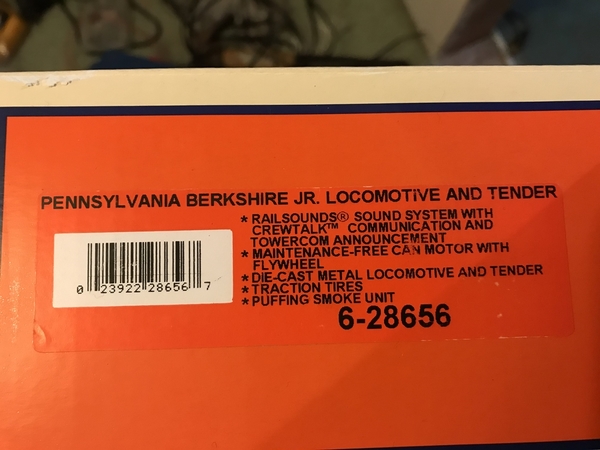The fear of overtaxing the electronic boards kinda unfounded, it shouldn't be easy. I'd say carpet static is the biggest danger really, and these boards all laugh at that too.
Lionel does seem to lean towards robust builds in board design. Early MTH is one to avoid until you learn more about them. Early MTH has more quirks you might not have enough electronic experience to deal with right away. A simple mistake or overlooked procedure can toast boards. The newer items are far better in that respect. There is always the one exception to any rule too 
I'd say the weak point is the can motor and some gearing. A trade off for slower running with a can motor, and replacemnts are cheap enough I guess. (I still prefer the open frame....fyi, there are some openframe tmcc where all that is really different from a post war set up is the lack of e-unit noise. You can also find K-line brand with tmcc. ( I really like k-line and Williams. They are often the best "bang for the buck" really. Speaking of "Bang"... RMT is worth looking at. The company is "back" or trying to be, and also makes a fine product. They have always struck me as worthy of supporting.)
Costly? The LC & LC+ are more or less the cheapest model oriented trains Lionel makes. Only the "toy sets" are cheaper really. (nothin wrong with those either; I'll run anything with a grin) The price increase to include the features wasn't really too bad (it still ticks me off because I just plain don't want it, but if you do, more power to ya! Have some fun  )
)
Command cost can be reasonable or immensely expensive as a whole. The systems are part of a niche themseves; a tech chase is always pricy. A prudent purchase based on real "needs" vs impulse can be reasonable.
At a 4% grade the pulsewidth adjusts the voltage "on time" enough to maintain a steady speed. Any slowing will be hardly seen, if at all.
The control features are all about mantaining a steady motor rpm. (and some other features like momentum. Exact features and operations vary, as you can see on yours. Another e.g., my RS C&0 Berk jr has a different sound set than yours does I think.)
There is also accessory, turnout, etc. etc. control abilities with command too. (sometimes a module is needed...sort of a remote relay bank that makes nearly any action, on any item with a switch, very possible)
Here is one not touched on....with a Power Master add on,( or one of MTH DCS systems), you can run a conventional train in conventional style, but with a remote's throttle vs the transformer. Raise the transformer throttle and walk around with the remote controlling how much of that power actually reaches the rails. (not pulsewidth)
The Power Master also has a fast acting breaker system that essentially brings an old ZW up to speed on breaker spec when the PM is used between track and ZW.
In my experience, the only single unit that pulls more than a dual motor PW GG-1 is a dual motor FMTM. (and now we see Arnold get excited all over again too  (
(  )
)
Some of the new trains are just as brawny as the GG-1s thou. I actually like my k-line GG so much better than my MPC version. I even sold the MPC. (Ive only sold a few trains ever... 2 Lionels (the other a Columbia), an HO dcc Athern GP (nice), and a Lionel G gauge Narrow Gauge Porter(?)... mostly because folks wanted them and/or I didn't run those much anyhow.... the fact I sold them still kinda dumbfounds me.. no big regret, but it's curiously out of character)












